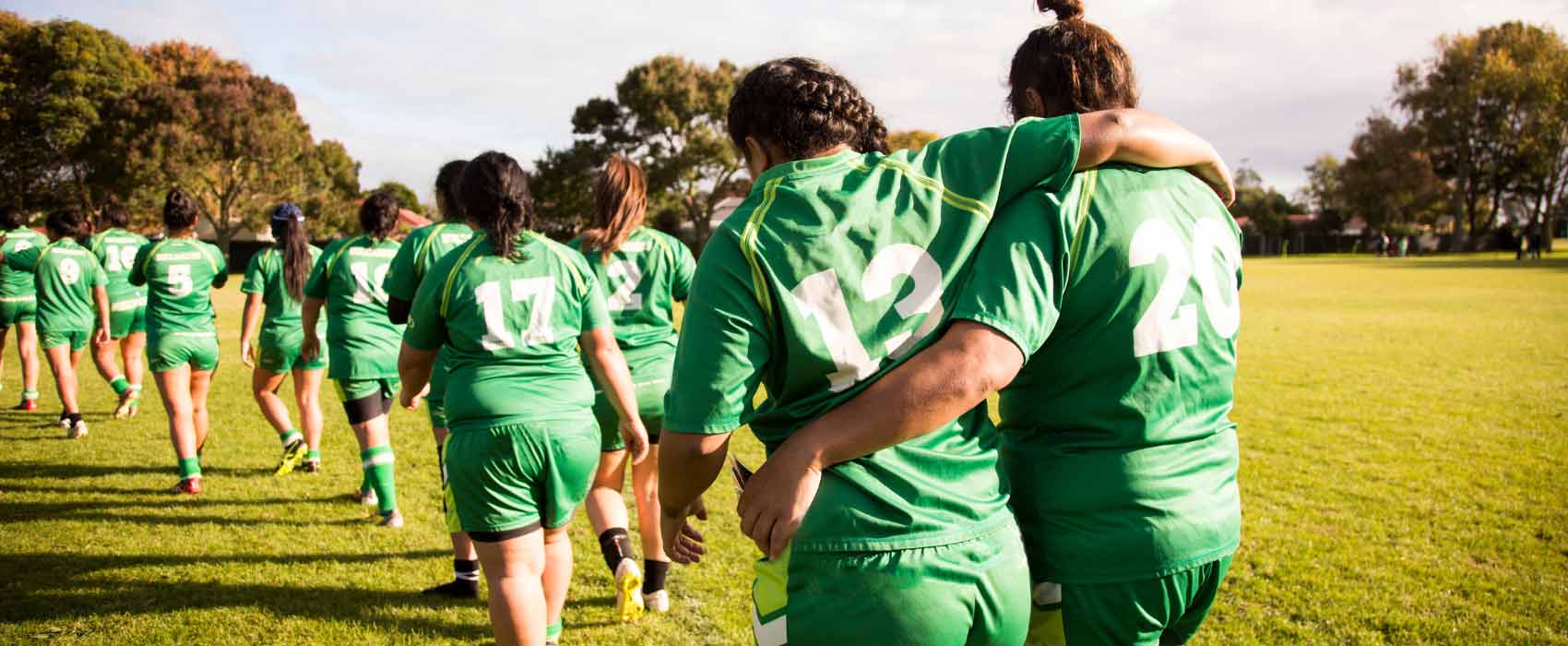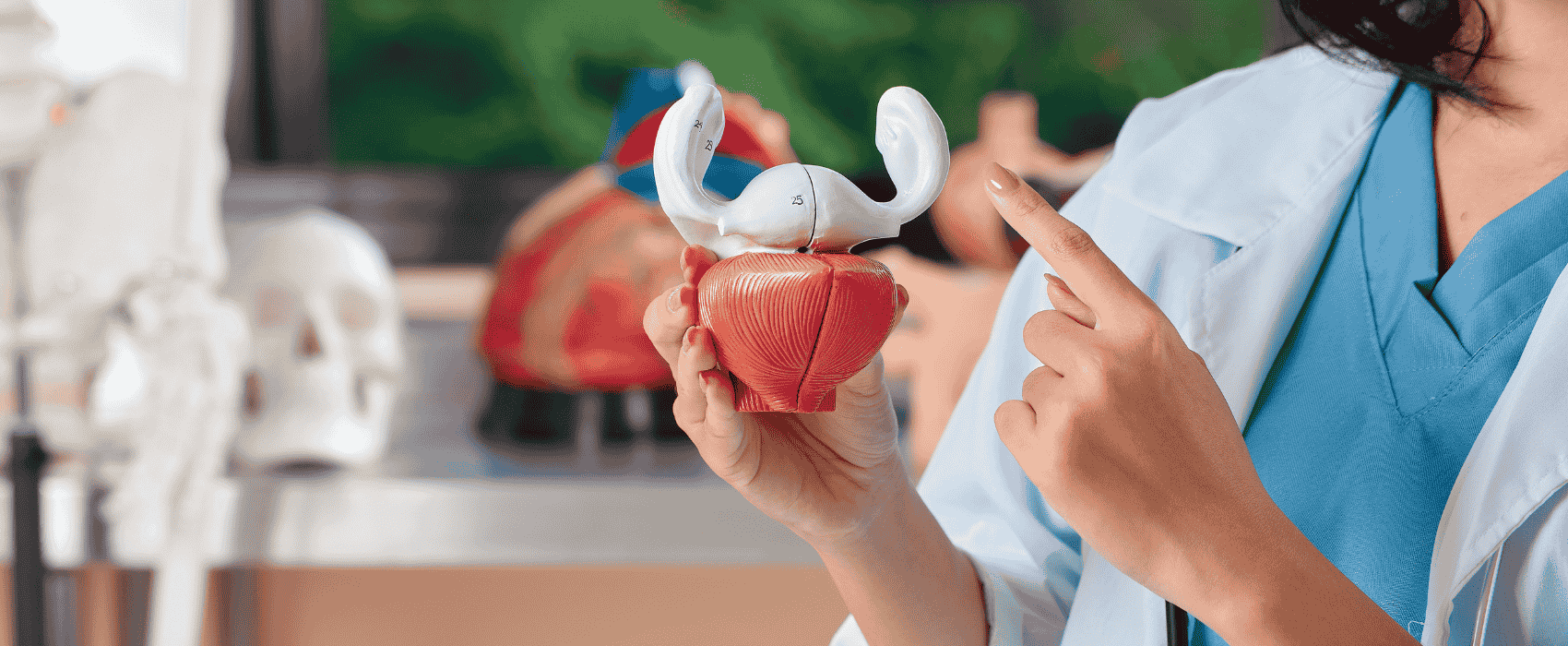
Living with urologic conditions can have a big impact on your life, especially if you're an athlete. While several sports-related issues can affect your urologic health, individuals may also experience these from high-impact workouts at the gym. To help you better understand what's causing symptoms and how to address them, consider the following guide.
How Does Exercise Affect Bladder Health?
Regular exercise is pivotal in maintaining overall health, especially with those related to the urinary system. However, exercise can impact the bladder both positively and negatively. While regular exercise can help improve overall health and wellness, it's important to understand some limitations and how exercise can contribute to bladder-related challenges.
Benefits of Exercise on Bladder Health
Staying active has many benefits for bladder health and can help contribute to overall well-being and function. Some of the most notable include:
- Aids in weight management
- Reduces the risk of obesity-related pressure on the bladder
- Supports regular bowel movements
- Reduces the risk of urinary tract infections (UTIs)
- Lowers stress levels
- Enhances detoxification
- Improves circulation and blood flow
- Strengthens pelvic floor muscles
Some Negative Impacts on Bladder Health
Exercise and sports are a great way to stay active and keep your body healthy, but they can put stress on different parts of the body. Certain activities can increase your risk of injury, while others may increase your risk of urologic issues like urinary incontinence. Impact sports can also be risky, especially for male athletes who are subject to testicular injuries. If you already have an underlying condition like an overactive bladder, certain exercises like sit-ups or aerobics can worsen symptoms. However, that doesn't mean you should avoid exercise or activity. Instead, it's important to understand potential issues and take a proactive approach to keeping your bladder healthy.
Common Urologic Issues in High-Impact Athletes
While not all athletes or people who exercise will experience urinary incontinence or other urologic issues, the prevalence is high among those who engage in more intense activity. In fact, many athletes experience one or more of the following:
Urinary Incontinence (UI)
Urinary incontinence is defined as the involuntary leakage of urine. It can happen in various situations but is more common in women than men. Due to the impact of certain exercises, there is a fairly high prevalence of urinary incontinence in female athletes. However, it also affects men. Lower urinary tract symptoms of UI tend to vary based on the type, which includes the following:
- Stress Incontinence
- Urge Incontinence
- Overflow Incontinence
- Functional Incontinence
- Mixed Incontinence
Although the prevalence of UI is usually highest in elderly women, athletes report experiencing UI two to three times more often than non-athletes. Moreover, urinary incontinence is most prevalent among female athletes. A recent study found that 51.7% of female and 18.8% of male athletes had UI, with stress urinary incontinence being the most frequent type in females (64.4%) and urge urinary incontinence for male athletes (52.9%). Gymnasts tend to experience the highest rates of UI among athletes, but it also affects women in basketball, football, volleyball, and tennis.
Urinary Urgency and Frequency
Athletes may experience increased sweating during high-intensity activities, leading to greater fluid loss. If proper hydration isn't maintained, urine becomes more concentrated, irritates the bladder, and can cause a sensation of urgency and frequency. When paired with the repetitive impact that stresses the pelvic floor, irritation and inflammation can occur, further triggering these urologic symptoms.
Pelvic Pain
The pressure on the pelvic floor, stress on surrounding ligaments, and compression of nerves involved in certain sports can also contribute to the occurrence of pelvic pain. This is more common in sports that have a lot of impact, such as running or jumping, but can occur in conjunction with any intense activity.
Urinary Tract Infections (UTIs)
Some athletes also experience a higher degree of urinary tract infections (UTIs). This may be due to the sweat and dehydration paired with intense activities or potential hygiene-related instances (i.e., not showering after an activity). Sometimes, intense physical activity can also lead to a temporarily suppressed immune system, which puts individuals at a greater risk of infection. If you experience recurrent UTIs, seeing a urologist to understand the cause is important.
Bladder Stones
Dehydration during intense activity can also increase the risk of bladder stones in athletes. This can be worsened during periods of delayed voiding caused by sports in addition to changes in the urinary pH values that occur from exercise.
Ways for Athletes to Support Bladder Health
Urologic conditions like urinary incontinence among athletes or just individuals trying to lose weight can be burdensome and even deter some people from exercise. To help support your urinary system and reduce the likelihood of symptoms, consider the following tips.
Strengthen Pelvic Floor Muscles
High-impact sports involve vigorous movements, sudden accelerations, and decelerations that can exert significant pressure on the pelvic region. This continuous impact and trauma may contribute to pelvic pain and increase the likelihood of bladder-related problems. To help negate these types of issues, incorporate pelvic floor exercises into your daily training regimen.
Take the Time to Stretch
Stretching both before and after activity can help with recovery and ensure that your muscles aren't tight during or after exercise. This, in turn, can help reduce the severity of certain urologic conditions.
Reduce the Frequency of High-Impact Sports
Some athletes with UI might not be able to completely change career paths, but if you're engaging in sports for fun or fitness, you can modify your routine. If you experience leakage during training abs, try to avoid high-impact movements like sit-ups. Instead, do deep core exercises like planks. Try cycling if you find that aerobics contributes to UI or other urologic issues. Other sports or exercises that could be related to urinary incontinence or other urologic symptoms include lifting excessive weights, skipping, jumping, or heavy core exercises.
Kegels, water aerobics, swimming, pilates, yoga, and cycling are sports that can help reduce the occurrence of UI symptoms and aid in pelvic floor muscle training. However, regardless of your current urologic health, always talk to your doctor before starting a new exercise regimen.
Stay Hydrated
There's a common misconception that urinary incontinence in women can be combated by drinking less water. However, the opposite is true. Dehydration can worsen symptoms and lead to more problems. Instead, stay hydrated in a healthier way throughout the day (i.e., take small sips regularly rather than big gulps) and empty your bladder before exercising.
Eat a Healthy Diet
A healthy, balanced diet can help mitigate inflammation in the bladder, which helps reduce the intensity of urologic symptoms. Try to eat bladder-friendly foods and plenty of lean proteins, healthy fats, and whole grains. Fiber is also important to reduce constipation, which can make UI worse.
Wear Bladder Control Products
UI among elite athletes in certain sports can be frustrating, but oftentimes, it's not something that will lead to abandoning all your hard work. To help provide you with confidence, athletes participating in high-impact sports may want to wear incontinence products. Several options, from pants and pads to liners, can catch any urinary leakage while you're active. Ask your urologist for recommendations to fit your needs.
Keep Moving
While some symptoms may discourage you from activity, exercise is important for proper urinary functioning. It increases circulation, regulates body weight, and helps minimize the risk of obesity-related urologic issues such as urinary incontinence. Even if you go on a daily walk or take an at-home yoga class, moving your body is important for your overall well-being.
Quit Smoking
The harmful chemicals in tobacco smoke can damage blood vessels, disrupting blood flow to the genital area and causing a myriad of problems. Smoking is also a known risk factor for the development and progression of urological cancers and can drastically affect your athletic performance.
Talk to a Physical Therapist
If you continue to have problems when engaging in physical activities, it might be a good idea to partner with a physical therapist or personal trainer. They can help you find exercises that work for you and ensure that you're doing them with proper form and breathing to minimize urologic symptoms.
If you experience any bladder pain or bothersome symptoms, contact your doctor as soon as possible. To help you manage your urologic health, Byram Healthcare offers a wide range of urologic products to alleviate symptoms and take control of your life. Browse our urology and catheter supplies today and enjoy fast, discreet delivery directly to your doorstep.




